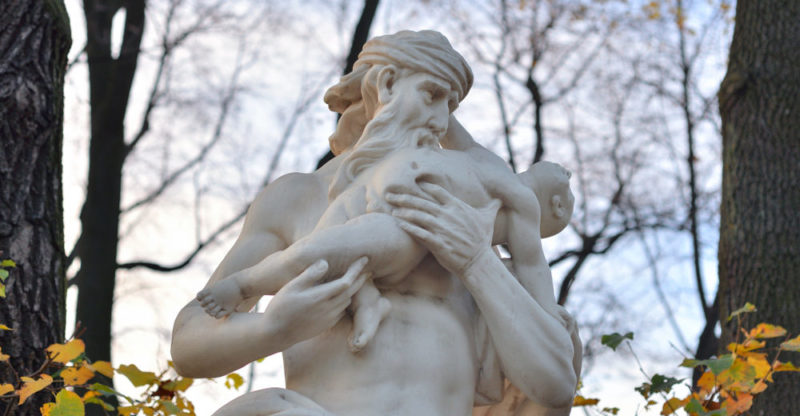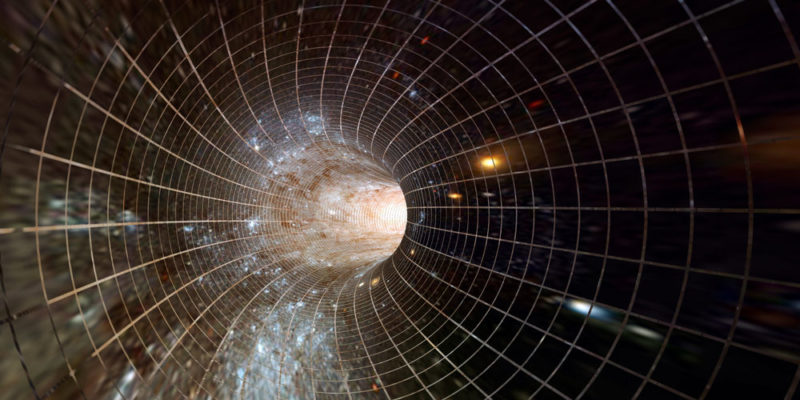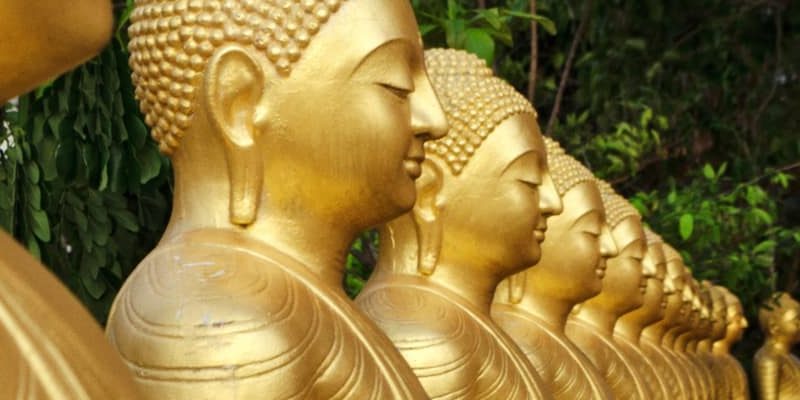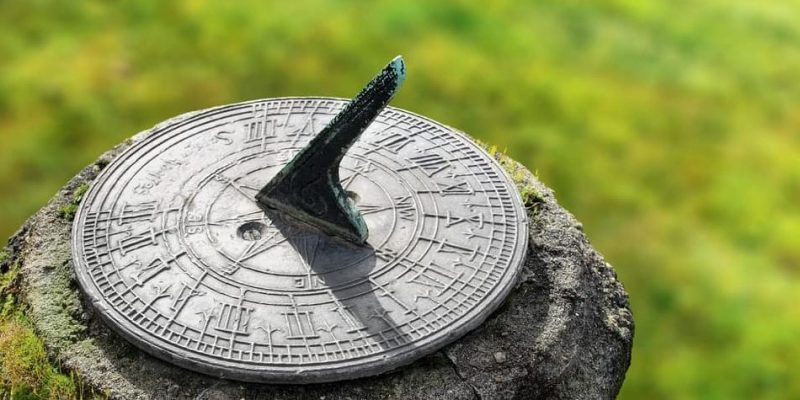We explain what time is and how this magnitude can be measured. Also, what are its characteristics and measuring devices?
What is time?
When we speak of time, we refer to a physical magnitude that allows ordering the events that occur in sequences . Through the notion of time, we perceive the separation between one and the other and establish absolute notions of past, present and future.Time is a continuum , that is, an unstoppable perspective that lacks spatial dimensions . It has philosophically preoccupied mankind since ancient times. For this reason, methods, systems and devices have been designed to measure it.
In physics, time is of particular interest . Depending on the focus of the subject, it may be considered a more or less absolute value. Furthermore, it is a magnitude that can be traced back to the beginning of the universe , since the origin of time is precisely the instant in which existing things were created.
Finally, we should not confuse this use of the word weather with the climatic or meteorological use , which rather refers to the current state of the climate in a certain region: "the weather in New York", "the weather forecast for tomorrow" .
Time characteristics :
Source

The question of the origin of time is also the question of the origin of what exists.
This is because we understand "time" as the period elapsed since the event that started all that is .
The most widely accepted inception theory to date is the " big bang ."
Ancient human civilizations gave rise to time in their myths and mystical explanations , in which it was always associated with some primal deity.
In Greco-Roman mythology, for example, he is represented with Cronos ( Kronos ) , a titanic god who devoured his own children as they were given birth by their mother, in order to ensure the perpetuity of his reign in the universe.
Human perception
Human beings begin to perceive the passage of time since we are born , and the awareness of our future death is an indelible reminder of it.
Since we know it finite, we have devised numerous systems to measure it , prolong it or try to use it in the best possible way, because, as the saying goes, “time flies”.
This means that our relationship with time has always been problematic : when we want it to pass quickly, we perceive it as slow and cruel; When we want it to pass slowly and allow us to enjoy the moment eternally, we perceive it fleeting and scarce.
This relationship has motivated numerous philosophical reflections , artistic representations. But it has also been behind the technological and scientific advances of humanity, in its attempt to prolong its own existence.
Time in physics

In the field of study of physics, time is one of the most widely used variables .
Broadly speaking, it is understood as the separation between events subject to change , that is, the flow of events that determines which one took place before another.
Still, depending on the specific approach to physics, time is understood in two different ways:
- According to classical mechanics. It is the physics inspired by Newton's Laws that applies only to macroscopic physical bodies of movements at small speeds compared to that of light. According to this theory, time is an absolute magnitude, independent of the observer. This is called absolute time .
- According to relativistic mechanics. It is physics inspired by Einstein's Theories that tried to reconcile Newtonian mechanics with electromagnetism. According to this theory, time is a relative magnitude, dependent on the position of the observer, so that different observers can differ about when an event occurred and be right. This is called relative time .
Religion

Religions arose, to a large extent, as a tool that allowed human beings to organize their experience of time, to give meaning to the passing of moments.
But not all religions understood time in the same way:
- According to Christianity . Time is linear, unique and unrepeatable, because at the end of the time of the world would be the day of final judgment: the moment when there would be no more time and God would judge humanity to separate the righteous from the sinners.
- According to Buddhism . The Buddhist understanding of time is very different, which resembles it to an eternal wheel of reincarnations, in which the human being is born, suffers and dies, repeating himself unless he manages to progress spiritually, rise and solve his internal works, being able to thus escape to the wheel of reincarnation (Samsara) and access further peace (Nirvana).
Philosophy
In the philosophical field, time has been understood in very different ways. Some of the most important are:
- According to Aristotle . The thought of classical antiquity, of which the Greek Aristotle was a central reference, was understood in close connection with movement, as in physics. Time was thus a measure of the change of an object.
- According to Saint Augustine. The Christian tradition that prevailed during the European Middle Ages , and of which Saint Augustine was a very important thinker, linked time with the state of the soul: since Christianity affirmed that the world would one day end and that judgment would be rendered to the souls.
- According to Immanuel Kant. The renewed thought of the Enlightenment of the eighteenth and nineteenth centuries, of which the German Immanuel Kant was a very high exponent, understood time as something internal and personal, which allows us to organize the experience of life.
Measure the time

The idea of measuring and controlling the time that passes is extremely central to human thought .
For this reason, various disciplines were created to record everything that happened : history , chronology, and others.
On the other hand, there are disciplines that allow keeping track of time in a very specialized area: geology , paleontology , archeology .
Measuring devices

Since ancient times we have designed devices that allow us to measure time and order it.
At first it made by type , such as watches Sol , who use their light to indicate the time; or the movement of the grains of sand inside an hourglass, or of water in the case of the hourglass.
Later more precise devices were invented, whose operation occurs thanks to the standardization of time units (days, hours, seconds, etc.) of the International System.
The most accurate of the clocks invented by mankind so far is the atomic clock , calibrated from the vibrations of the Cesium atom .
Units of Measurement
The standardization of time units has been attempted since the beginning of history , through the various existing human calendars.
However, the Gregorian calendar , so named because it was proposed by Pope Gregory XIII, served for the composition of the International System (SI), created in 1960 to make official and standardize world measurements.
The minimum unit of time measurement is the second , divisible into deciseconds (ds), centiseconds (cs), milliseconds (ms), microseconds (?s), nanoseconds, etc.
Also, 60 seconds make up a minute , 60 of which make up an hour, 24 of which make up a day.
Time-light

In astronomy, we speak of time-light as a measure no longer temporal , but longitude: it is the distance traveled by light in a given period of time, generally one year.
Thus, we are talking about a light-year, which is equivalent to 9,460,730,472,580.8 kilometers , calculable with accuracy because we know the speed of light: 299,792.458 kilometers per second.
Travels in the time
One of the great fantasies of humanity has always been to travel in time: to be able to return to correct the mistakes made , alter the course of destiny or, on the contrary, jump forward and look to the future.
This is physically impossible , of course, and it also raises numerous unsolvable questions, which has to do with temporal paradoxes: what happens if you travel to the past to prevent the same trip to the past from taking place?
The above content published at Collaborative Research Group is for informational and educational purposes only and has been developed by referring to reliable sources and recommendations from experts. We do not have any contact with official entities nor do we intend to replace the information that they emit.
Abubakr Conner brings a diverse skill set to our team, and covers everything from analysis to the culture of food and drink. He Believes: "Education is the most powerful weapon that exists to change the world." .
Leave a reply
Your email address will not be published. Required fields are marked *Recent post

Sport: What Is It, Types, Risks, Features, Characteristics and Examples

Dogs: Emergence, Features, Characteristics, Feeding and Breeds

Story: Definition, Elements, Structure, Features and Characteristics

